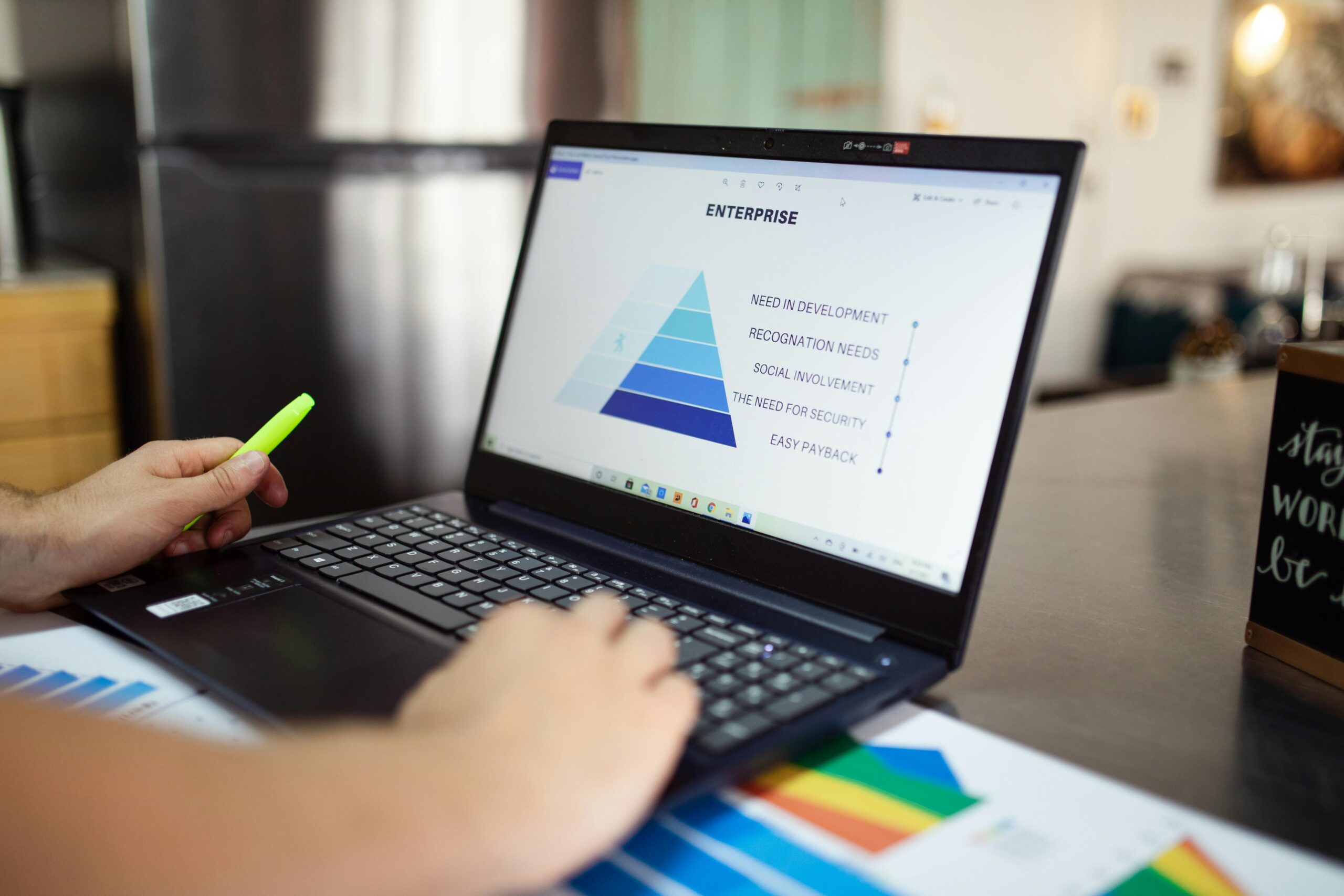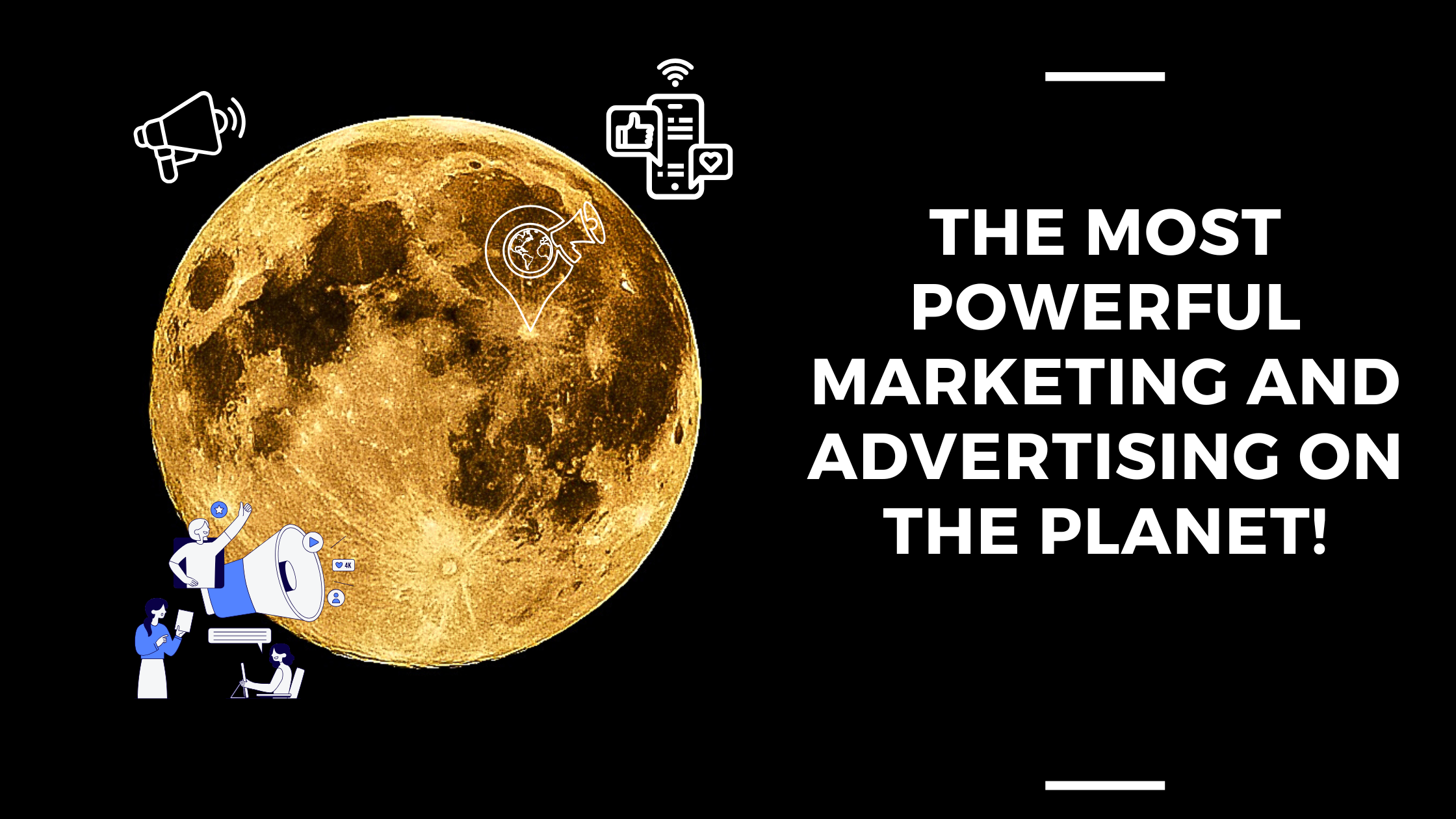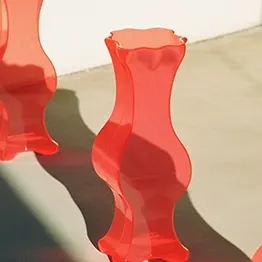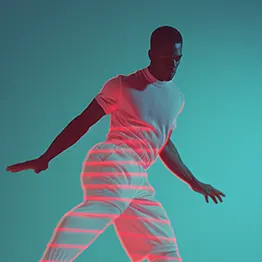The Psychology of Branding: How Brands Shape Consumer Behavior

In a world full of marketing sound, only a few brands stand out — not because they shout the loudest, but because they speak the deepest. Advanced branding isn’t about just aesthetics or consistency anymore. It’s about understanding human psychology and aligning your brand with subconscious triggers that influence decision-making.
🧠 Branding Meets Behavioral Science
At its core, branding is a psychological experience. Modern consumers make most of their decisions emotionally, then justify them logically. Advanced branding strategies tap into:
- – Cognitive biases
- – Emotional resonance
- – Perceived value
- – Tribal behavior
Let’s explore how these psychological triggers shape branding success.
Cognitive Biases in Brand Perception
Humans are wired with mental shortcuts — and smart brands use them to influence perception.
- Anchoring Effect: Apple prices its products high not just for profit, but to set a “value anchor” in consumers’ minds.
- Mere Exposure Effect: Repeated brand exposure builds familiarity, and familiarity breeds trust.
- Loss Aversion: Limited editions or countdown offers (used by Nike or Supreme) create urgency by playing on the fear of missing out.
Emotional Branding: Creating Meaningful Attachments
Emotionally connected customers are 3x more valuable than satisfied ones. Brands like Coca-Cola, Airbnb, or Dove don’t sell products — they sell feelings.
- Nostalgia creates connection (e.g., retro rebranding by Pepsi).
- Belongingness turns customers into communities (e.g., Harley-Davidson HOG riders).
- Empathy drives loyalty — brands that “get” their audience (e.g., Always’ #LikeAGirl).
Brand Archetypes: Crafting a Timeless Brand Personality
Carl Jung’s 12 archetypes help brands personify themselves into easily recognizable personas.
Examples:
- The Hero (Nike) – Empowering through victory.
- The Outlaw (Diesel) – Disrupting norms with bold rebellion.
The Caregiver (Johnson’s Baby) – Protective, nurturing.
Aligning your brand with an archetype creates psychological clarity and deeper relatability.
Neuromarketing in Branding
Neuromarketing tools like EEG, eye-tracking, and fMRI are now used to test logos, packaging, and campaigns.
- Color psychology influences impulse buying (e.g., red for urgency, blue for trust).
- Sound branding (like Intel’s jingle or Netflix’s “tudum”) creates subconscious recall.
UX and micro-interactions in digital branding trigger dopamine-based satisfaction loops.
Cultural Codes & Tribal Branding
Advanced branding understands cultural semiotics — how symbols, language, and rituals shape brand meaning in society.
- Nike isn’t just sportswear; it’s a cultural symbol of empowerment and hustle.
- Supreme leveraged streetwear tribalism and scarcity to build obsession.
- Lululemon created a yoga-lifestyle movement, not just athleisure.
Modern branding is about tribe-building. The brand becomes a social identity marker.
Advanced branding is no longer about how your brand looks — it’s about how it feels, behaves, and connects. The most powerful brands today are not manufactured; they are engineered psychologically.
By combining behavioral science with brand strategy, businesses can move from being visible to becoming irresistible.









Leave a Reply